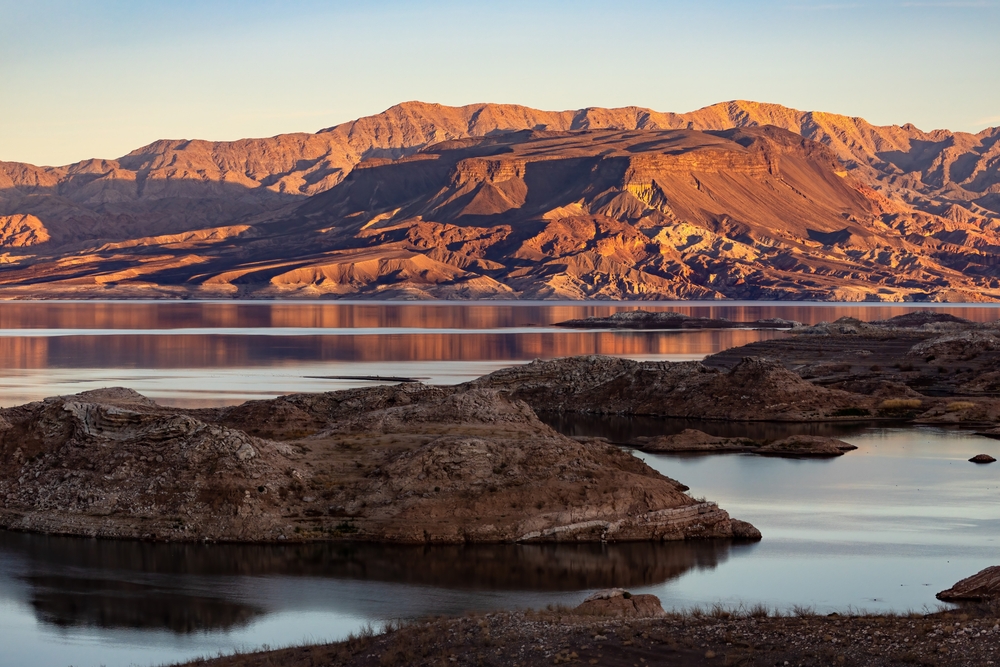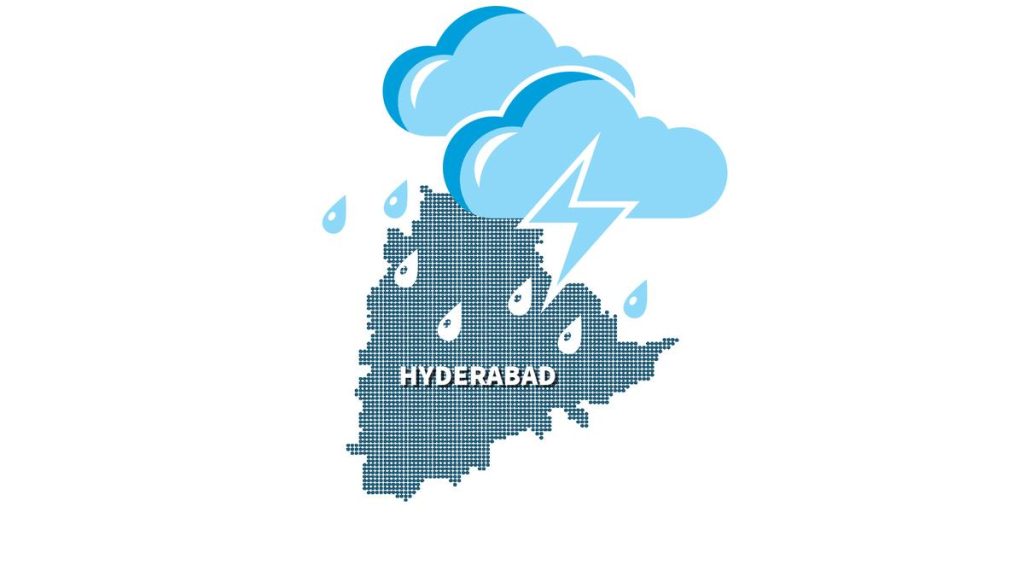Now Reading: Lake Mead Megadrought Uncovers Ancient Volcanic Ash Layers
-
01
Lake Mead Megadrought Uncovers Ancient Volcanic Ash Layers
Lake Mead Megadrought Uncovers Ancient Volcanic Ash Layers

Rapid Summary
- The American Southwest has faced a megadrought for over 20 years, drastically reducing water levels in reservoirs like Lake Mead and Lake Powell.
- Lake Mead experienced slight recovery in 2023 and 2024 following dangerously low levels in 2022. However, forecasts for 2025 show no indication of relief.
- At its full capacity, Lake Mead’s water level is approximately 1,229 feet but hasn’t reached this level as the summers of 1983 and 1999.
- Sediments exposed by receding shorelines due to the drought have revealed volcanic ash deposits originating from volcanoes in Wyoming, Idaho, and California. the ash samples are dated between six million to twelve million years old.
- Researchers warn that ash from active volcanoes could travel hundreds of miles during future events, possibly affecting Southern Nevada’s air quality and infrastructure.
- volcanic ash poses serious health risks if inhaled as it can lead to respiratory illnesses such as silicosis. It also impacts power systems, roads, and interaction networks.
Indian opinion Analysis
The findings at Lake Mead provide a stark reminder of how climate-driven phenomena like droughts can unearth geological history while posing modern challenges. For India-the world’s largest groundwater user-studies such as these emphasize the need for addressing similar vulnerabilities within its own system of reservoirs and aquifers. Prolonged droughts linked to shifting climate patterns might expose dormant hazards or disrupt critical infrastructure relied upon by millions.
Moreover, the research on volcanic ash underscores potential risks from natural disasters far removed from their actual source-something India needs to remain vigilant about given its proximity to tectonic zones with active volcanism (e.g., Andaman Islands). Strategic mitigation planning for both environmental impacts (such as air pollution) and structural disruptions could be highly relevant lessons drawn here.
Investments into sedimentary research programs domestically may uncover hidden aspects of India’s geologic past while preparing authorities for long-term climatic changes anticipated under global warming trends.
























